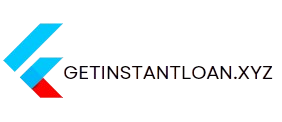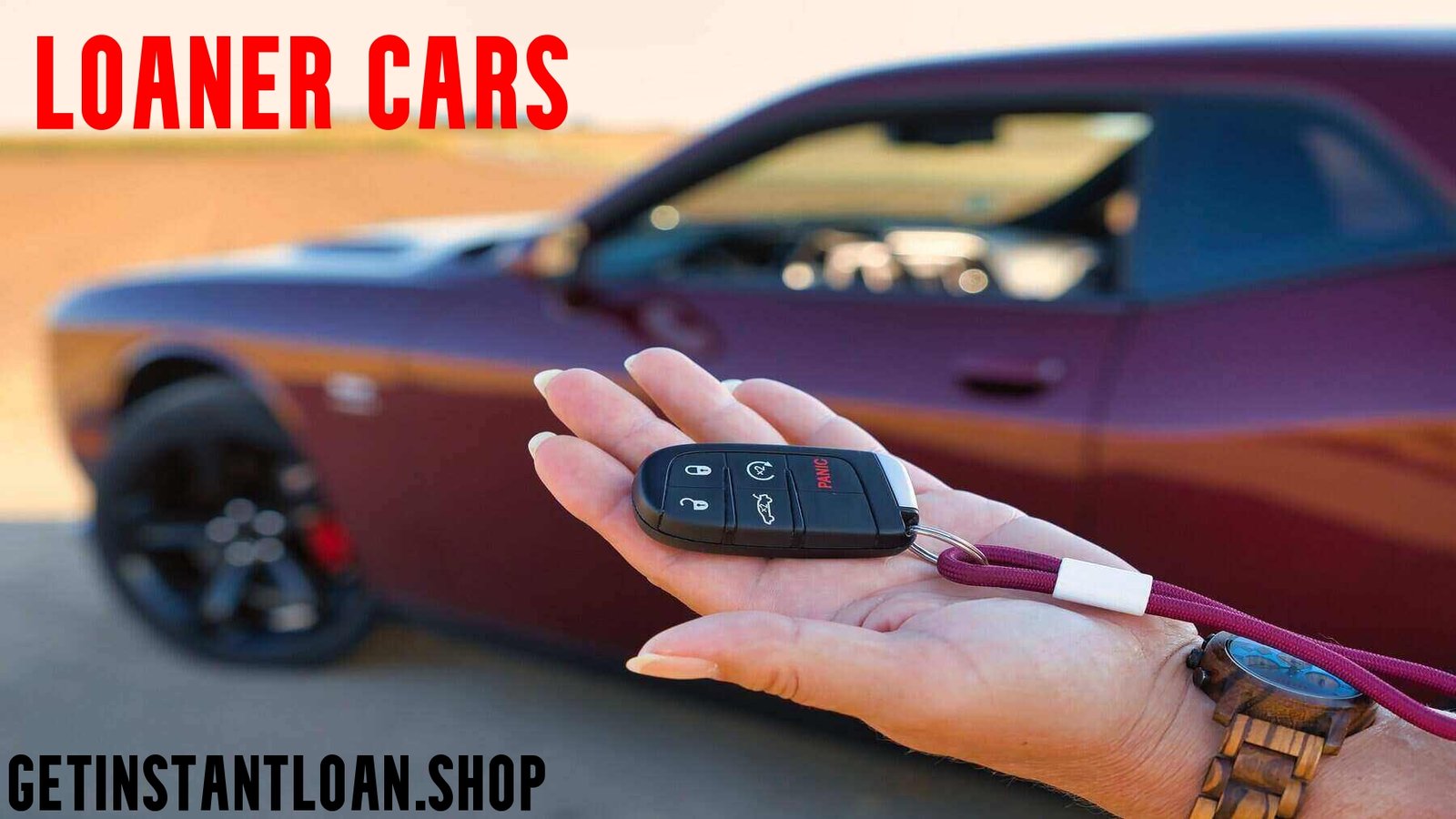Coffee break loans, also known as payday loans or short-term loans, are small, unsecured loans designed to provide borrowers with quick access to cash until their next paycheck. These loans typically range from $100 to $1,000 and have to be repaid within a short period, usually two weeks to a month.
The concept of coffee break loans emerged in the early 1990s as an alternative to traditional bank loans for individuals with immediate financial needs. The name “coffee break loan” is derived from the idea that these loans can be obtained quickly, often during a coffee break or lunch hour.
Key characteristics of coffee break loans include:
-
High Interest Rates and Fees: Due to the short-term nature and unsecured status of these loans, lenders charge significantly higher interest rates and fees compared to traditional loans.
-
No Credit Check or Collateral: Coffee break lenders typically do not perform extensive credit checks or require collateral, making these loans accessible to individuals with poor or no credit history.
Coffee break loans are intended to provide temporary relief for unexpected expenses or financial emergencies but can quickly become a cycle of debt if not managed responsibly.
How Coffee Break Loans Work
To apply for a coffee break loan, borrowers typically need to provide personal information, such as their name, address, and proof of income. Lenders may also require access to the borrower’s bank account or a post-dated check to ensure repayment.
Interest rates and fees for coffee break loans are generally higher than those of traditional loans, as they are designed to compensate lenders for the increased risk associated with short-term, unsecured lending. It’s not uncommon for annual percentage rates (APRs) to exceed 300% or more, making these loans an expensive form of borrowing.
Repayment typically occurs through a single lump-sum payment on the borrower’s next payday, hence the name “payday loan.” Alternatively, some lenders may offer installment plans or rollover options, allowing borrowers to extend the loan term by paying additional fees.
Advantages of Coffee Break Loans
Coffee break loans offer several advantages, making them an attractive option for those in need of quick cash:
Convenience: These loans are designed to be easily accessible and convenient. The application process is typically straightforward, often conducted online or over the phone, eliminating the need for in-person visits to a lender’s office. This convenience factor appeals to individuals with busy schedules or those who prefer the comfort of applying from home or on-the-go.
Easy Accessibility: Coffee break loans are generally more accessible than traditional loans. Lenders offering these loans often have less stringent credit requirements, making them an option for individuals with poor or limited credit histories. Additionally, the application process is typically more straightforward, requiring minimal documentation, which further enhances accessibility.
Flexibility: These loans offer flexibility in terms of loan amounts and repayment periods. Borrowers can typically choose the loan amount that suits their needs, ranging from a few hundred dollars to several thousand dollars. Repayment terms can also vary, allowing borrowers to select a schedule that aligns with their financial situation and cash flow.
By providing convenience, fast approval, easy accessibility, and flexibility, coffee break loans cater to the needs of individuals seeking quick financial solutions. However, it’s crucial to carefully consider the potential drawbacks and risks associated with these loans, which will be discussed in the following section.
Disadvantages and Risks
Coffee break loans, also known as payday loans or short-term loans, come with several significant disadvantages and risks that borrowers should be aware of before taking one out.
High Interest Rates: One of the biggest drawbacks of coffee break loans is their exorbitantly high interest rates. These loans typically carry annual percentage rates (APRs) ranging from 300% to 500%, or even higher in some cases. Such excessive interest rates can make it extremely difficult for borrowers to repay the loan on time, leading to a cycle of debt.
Potential for Debt Cycle: Due to the short repayment periods (usually two weeks to a month) and the high interest rates, many borrowers find themselves unable to repay the loan in full when it comes due. As a result, they are forced to roll over or renew the loan, incurring additional fees and interest charges. This can quickly lead to a vicious cycle of debt, where borrowers end up paying multiple times the original loan amount in interest and fees.
Impact on Credit Score: While coffee break loans may seem like a quick fix for a financial emergency, they can have long-lasting consequences on your credit score. If you fail to repay the loan on time, the lender may report the delinquency to credit bureaus, which can significantly damage your credit score. A lower credit score can make it harder and more expensive to secure future loans, credit cards, or even housing and employment opportunities.
Alternatives to Coffee Break Loans
When faced with a financial emergency or unexpected expense, coffee break loans may seem like a quick and easy solution. However, these short-term loans often come with exorbitant interest rates and fees, potentially trapping borrowers in a cycle of debt. Fortunately, there are several alternatives to consider that may offer more favorable terms and lower costs.
Traditional Bank Loans: Many banks and credit unions offer personal loans or lines of credit with more reasonable interest rates and repayment terms. While the application process may be more rigorous, and you’ll need a decent credit score, these loans can provide a more affordable way to access funds.
Credit Cards: If you have a credit card with available credit, using it for emergency expenses can be a better option than coffee break loans. While credit card interest rates are still high, they are typically lower than those of coffee break loans, and you may have the option to make minimum payments over an extended period.
Personal Loans:
Online lenders and peer-to-peer platforms offer personal loans with fixed interest rates and repayment schedules. These loans can be used for various purposes, including debt consolidation, home improvements, or unexpected expenses. While interest rates may be higher than traditional bank loans, they are often more affordable than coffee break loans.
Borrowing from Friends or Family: If you have a trusted network of friends or family members, you may be able to borrow money from them at a lower interest rate or even interest-free. This option can be particularly helpful in emergencies and can also strengthen personal relationships. However, it’s essential to approach this option with caution and establish clear repayment terms to avoid damaging relationships.
Before resorting to coffee break loans, it’s advisable to explore these alternatives and carefully consider the long-term financial implications of each option. By weighing the costs and terms, you can make an informed decision that aligns with your financial goals and minimizes the risk of falling into a debt trap.
Regulations and Laws
Coffee break loans, also known as payday loans, are subject to various state and federal regulations aimed at protecting consumers from predatory lending practices. While the specific laws and regulations vary across different states, there are some common themes and guidelines.
At the federal level, the Truth in Lending Act (TILA) requires lenders to disclose the terms and costs associated with the loan, including the annual percentage rate (APR) and finance charges. The Fair Debt Collection Practices Act (FDCPA) also applies to coffee break loans, prohibiting abusive, deceptive, or unfair debt collection practices.
Many states have implemented additional regulations for coffee break loans, such as capping the maximum loan amount, limiting the number of rollovers or renewals, and setting maximum interest rates or fees. Some states have even banned payday lending altogether, deeming it an unacceptable form of lending.
Consumer protection laws also play a significant role in regulating coffee break loans. For instance, the Federal Trade Commission (FTC) has taken action against lenders for engaging in deceptive or unfair practices, such as failing to disclose fees or misrepresenting loan terms.
Despite these regulations, coffee break loans remain a controversial and often criticized form of lending. Critics argue that the high interest rates and short repayment periods can trap borrowers in a cycle of debt, making it difficult to repay the loan and leading to additional fees and charges.
It’s crucial for borrowers to thoroughly understand the laws and regulations surrounding coffee break loans in their state and to carefully review the terms and conditions before taking out a loan. Seeking assistance from consumer protection agencies or financial counselors can also help ensure responsible borrowing practices.
Tips for Responsible Borrowing
Taking out a coffee break loan can provide quick cash when you need it, but it’s crucial to borrow responsibly to avoid falling into a debt trap. Here are some tips to keep in mind:
Budgeting: Before taking out a loan, review your budget carefully. Determine if you can realistically afford the loan payments while still covering your essential expenses. Avoid borrowing more than you need, as this will only increase the interest and fees you’ll have to pay back.
Make a plan to repay the loan in full by the due date to avoid additional fees and interest charges.
Understand Loan Terms: Read the loan agreement thoroughly and ensure you understand the interest rate, fees, and repayment terms. Some coffee break loans have extremely high-interest rates and hidden fees, which can make repayment much more expensive than anticipated.
Emergency Fund: While coffee break loans can be useful in emergencies, it’s better to have an emergency fund set aside for unexpected expenses. Aim to save enough to cover three to six months’ worth of living expenses, so you don’t have to rely on high-interest loans when emergencies arise.
Coffee Break Loan Providers
Major companies offering coffee break loans include Earnin, Dave, and Brigit. These apps allow you to borrow small amounts, typically up to $250, which must be repaid on your next payday. While the fees may seem low at first glance, the annualized percentage rates (APRs) can be quite high.
Earnin charges no fees but suggests an optional “tip” of up to $14 for a $100 loan. Dave charges a $1.99 monthly subscription fee plus a small flat fee for each advance. Brigit has a $9.99 monthly fee and no additional charges for advances.
When comparing these services, it’s essential to understand the true costs involved. For example, a $100 loan with a $5 tip from Earnin equates to a 130% APR if repaid in two weeks. Dave’s $1.99 monthly fee plus a $4.99 advance fee on a $100 loan translates to a 92% APR for a two-week term.
While coffee break loans can provide quick cash for emergencies, their high costs can quickly lead to a cycle of debt if not used responsibly. It’s crucial to carefully evaluate your options and understand the fees and terms before taking out any short-term loan.



